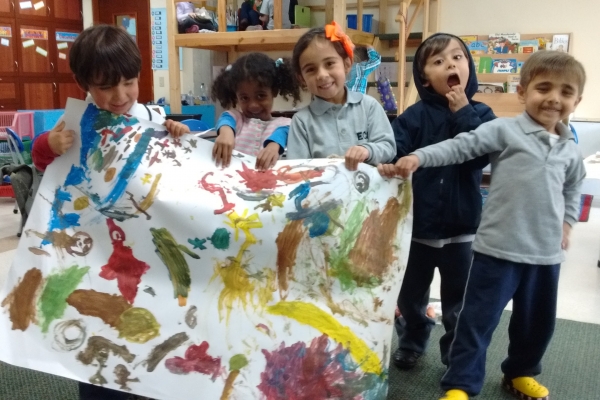Mapping out Success through Formative Assessment

Many teachers understand what formative assessments are, but they struggle with how to implement them in their classrooms. Formative assessments come in all different forms: basically anything that is used by teachers to determine their students’ understandings, beliefs, and attitudes about their content is considered formative.
As a teacher, I enjoy gleaning ideas from other teachers. Below, I have described three of my favorite formative assessment tools. I will also include a link to a Google presentation that has a myriad of other ideas. Google Presentation - Formative Assessments
Exit Slip - Focused Content Summary: Exit slips are an amazing tool to see what students have learned in a given class period. One of the tools I have used to help students summarize their learning is to have them first list words that they learned and heard throughout the class period. I then ask them to write a summary paragraph including the words that they listed. I have found that doing this first step helps them to be more focused in their writing. As a teacher, I can read the students’ responses to see if they understand the lesson. This can lead to another one of my favorite formative assessment tools, "My Favorite No."My Favorite No: In this strategy, the teacher reads through a formative assessment previously given in class (this could be an exit slip) and identifies an example(s) to share with the class. “My Favorite No” would be a response that exhibits a misconception or common mistake. By sharing this with the class, the teacher establishes an environment that welcomes mistakes and gives her an opportunity to demonstrate how to correct the mistakes. The examples are anonymous and are used as a reteaching opportunity--and, just like a GPS, they help the class recalculate and stay on the correct path.
Text Rendering - Sentence / Phrase / Word: After the students read a passage, they are asked to identify a sentence that was meaningful and that represents important information, a phrase that captures their attention or is provocative, and a word that stuck out as being important. After students do this individually, they are asked to discuss what they chose with a group. Through this group discussion, students can explain how they made their choices, and also discuss why certain sentences/phrases and words were and were not chosen. As the teacher walks around and listens to the groups, he can highlight important information that wasn’t mentioned in the group discussions, and he can correct any misconceptions.
These are only a few of the tools I have collected during my teaching career. As you navigate through your course, please remember to check if your students are still traveling with you. It would a shame to get to your destination only to find out that your students are not with you upon arrival.
Happy traveling!
Leighton Helwig, M.Ed.Philippines National Director/Regional Education Specialist
TeachBeyond
Photo Credits: You are Here. vapour trail via Compfight cc.



